For more than three years, Ukraine has fought off Russia’s full-scale military invasion. Throughout this time, bar a brief round of talks in early 2022, President Volodymyr Zelenskyy categorically ruled out conducting direct negotiations with Moscow about ending the hostilities. This refusal, whilst being understandable, was a grave political mistake. It would have been preferable for Kyiv to have consistently signalled a willingness to negotiate without preconditions – not least since 2023, when the battlefield momentum began to decisively swing against Ukraine and a temporary pause in fighting would no longer have benefitted Moscow. That is not to say that Zelenskyy didn’t have excellent reasons to refuse to negotiate. Given Russia’s ultimate goals and strategy in Ukraine, there was no reason to expect that such talks would result in a lasting peace. What the talks would have done, however, is to compel Moscow to put its true designs in Ukraine on public display – as is gradually happening now. Instead, Kyiv’s conspicuous refusal enabled Moscow to spin a false but very effective narrative that it was always open to seeking peace.
This narrative has been eagerly embraced by ‘Putin’s apologists’: those who have consistently claimed that Vladimir Putin is a reasonable statesman with limited goals who was provoked into starting this war by Western intransigence and expansionism – a war that could be ended swiftly if only the West ceased to supply the Ukrainian military and compelled Kyiv to seek negotiations. Western military support and Kyiv’s principled stance against negotiations have been vocally criticized by many political actors, particularly from the Global South. China, for instance, has constantly likened Western support for Kyiv to “pouring oil on a fire”, claiming that it artificially prolongs the Russia-Ukraine conflict, and it has wholeheartedly embraced Russia’s narrative regarding the war. Some European governments, such as Victor Orban’s Hungary or Robert Fico’s Slovakia, have resorted to the same narrative when refusing to aid Ukraine, trying to lift sanctions against Russia and to normalize relations with the Kremlin. In all Western societies there have been large (and growing) shares of the population supporting such a Moscow-friendly course.
The group of ‘Putin’s apologists’ is heterogeneous and diverse. Prominent among them are far-right politicians and their supporters who have a long-standing ideological affinity for the Russian regime. Members of European far-right parties have a long track record of actively assisting and legitimizing Putin’s policies, including his occupation of neighbouring territories, for instance by acting as ‘observers’ for stage-managed elections or referenda.
But those who have opposed continued military aid to Ukraine also include many moderate and centrist political voices embracing principled pacifist positions, who are loathe to support continuous arms deliveries to an active warzone and commit large sums of taxpayer money to this purpose. Opinion surveys have found that in many states – particularly in the Global South – large segments of the population hold these or similar views about the Russia-Ukraine war. In countries like Slovakia, Romania, Austria, or Germany, this criticism has been one of the key issues – besides immigration – propelling populist politicians to power, or at least providing them with record gains in recent elections. In the United States, such views have become extremely widespread within the Republican Party’s “MAGA” wing. Until quite recently, President Donald Trump and his closest advisors appeared to subscribe to them as well. Having finally pressured Ukraine into accepting negotiations without preconditions, however, it is now becoming evident even to those sympathetic to Moscow that the Kremlin has no genuine interest in a timely resolution of the war and – barring the application of massive and sustained pressure – will seek to continue its invasion until all of its primary objectives are attained.
Opponents of continued military aid for Ukraine have commonly claimed that the only path towards peace is to compel Kyiv to negotiate with Moscow, seeking a territorial and political compromise based roughly on the status quo on the battlefield and on pledges of Ukrainian neutrality. If Kyiv were to agree to a handful of distinct and actionable Russian demands, particularly foregoing any ambitions to join NATO, Putin would be willing to accept such a compromise and provide credible guarantees not to resume hostilities in the future. But the likelihood of this scenario depends fundamentally on what Putin’s objectives in this war actually are and how willing he would be to seek a truce as long as most of them remain unfulfilled.
Russia’s war aims have never been unequivocally defined. What we know for certain is that one of Moscow’s key aims is to seize and control the entirety of the four Ukrainian oblasts (provinces) it claims to have annexed – in addition to keeping Crimea – and to gain formal diplomatic recognition of these annexations. Putin has already created a fait accompli by administratively integrating these territories into the Russian state structure (going so far as to change the wording of Russia’s constitution for this purpose), holding stage-managed elections in these territories, and appointing governors and regional deputies for Russia’s national parliament. Abandoning these territorial claims and undoing these legal-administrative changes would be extremely complicated and, more importantly, would imply a massive loss of face for Putin.
Thus, in order to fulfil Putin’s minimal conditions for a negotiated solution, Kyiv would not only have to formally forego all territory Russia has already seized, but significantly more, since Ukraine presently still retains control of large portions of Kherson, Zaporizhzhia and Donetsk oblasts. Such an arrangement would presuppose that Ukraine surrenders much of the territory it currently controls, including major cities such as Zaporizhzhia (with a pre-war population of 700,000), Kherson (280,000), Kramatorsk (150,000), and Sloviansk (100,000). This would also provide Russia with a secure strategic foothold on the western bank of the Dnipro River – the greatest natural obstacle to further Russian military advances.
But there is no indication that Moscow’s quest to control Ukrainian territory would end there. One key reason why Putin is unlikely to agree to (let alone abide by) a negotiated long-term solution to the war in Ukraine on the basis of “freezing” the current status quo on the battlefield is the importance he had previously attached to geopolitical concerns related to maximizing Russia’s strategic depth. In the months prior to the 2022 invasion, the Kremlin’s most vocally expressed grievance regarding Ukraine was a perceived military threat to Russia’s security, based on the perception that Ukraine was on a path to joining NATO. In particular, the Kremlin regularly invoked the concrete threat scenario of a NATO-aligned Ukraine stationing Western short- and medium-range strategic missiles on Ukrainian soil, in striking distance of Moscow.
If we were to take such claims at face value, we should assume that Putin could not conceivably consider Russia’s territorial gains to date an acceptable final outcome of the conflict. Some of the northernmost territories in Ukraine – in Sumy and Chernihiv oblasts – are a mere 450 kilometres from Moscow, but Russia currently does not control these areas, nor are they included in the territories the Kremlin claims to have formally annexed. Indeed, Putin has repeatedly stated that there needs to be a future buffer zone or “cordon sanitaire” of Russian-controlled Ukrainian territory along the length of their shared border. This would, at a minimum, imply Russian military and territorial control over large swathes – or perhaps the entirety – of Chernihiv, Sumy, and Kharkiv oblasts, including lands in very close proximity to Kyiv.
A common claim among opponents of military support for Ukraine is that the Kremlin could easily be appeased if Kyiv would simply commit to remain permanently neutral and forego any quest for NATO membership. Such an assertion is inconsistent with what Russia has actually demanded, both during the negotiations prior to the 2022 invasion and throughout the ensuing years. Although Ukraine’s post-Maidan governments had openly pursued NATO membership – after Russia had already forcibly annexed Crimea in 2014 – by early 2022 there had been no progress towards Ukraine actually becoming a member of the alliance, and a future Ukrainian accession was not on NATO’s agenda. Core NATO member states like Germany remained adamantly opposed to Ukraine joining (some of them subsequently reversed their stance, but only in response to Russia’s full-scale invasion). During the tense negotiations between Moscow and Washington prior to the invasion, Putin did not merely demand Ukrainian neutrality, but he issued a range of far more sweeping demands, including that NATO refrain from deploying multinational military forces on the territory of its own Central and Eastern European member states. These demands would essentially have entailed dismantling NATO in its present form and were likely deliberately designed in the expectation that the West would reject them. Nothing that Putin has said since then suggests that a declaration of neutrality by Kyiv would be sufficient to halt Russia’s advance.
Considerations of territorial control are not the only reason why the Kremlin is unlikely to pursue peace in earnest. Putin has consistently repeated that the vague objectives he spelled out at the start of the war have not changed: to completely “demilitarize” and “denazify” Ukraine and to protect Russian-speakers from an ongoing “genocide” perpetrated against them by Ukrainian authorities. The latter claim is so evidently groundless that we can confidently conclude that Putin has only employed it as a narrative to mobilise domestic support. Prior to Russia’s full-scale invasion, international observers working for the Organization for Security and Co-operation in Europe (OSCE) and various United Nations (UN) agencies – organisations in which Russia is a member – were deployed throughout the Donbas region and along the entire line of contact in eastern Ukraine, and they published regular reports from the region. None of these recorded any organised Ukrainian violence against civilians, let alone mass killings. A report by the Office of the UN High Commissioner for Human Rights (UNHCR) stated that the number of conflict-related civilian deaths in eastern Ukraine throughout all of 2021 was 25 (in 2020 it had been 26), nearly all of whom were accidentally killed as a result of nearby fighting or unexploded ordnance. In the context of his assertions of “genocide”, Putin has commonly faulted Kyiv for violating the multilateral ‘Minsk-II’ accords which had been agreed in February 2015. However, despite the fact that the Minsk-II agreement strongly favoured Russia and its separatist allies, and that Ukraine only assented to it under duress, pro-Russian separatists had in fact violated the agreement (particularly its ceasefire stipulations) from the moment it came into effect and had continued to violate its terms in the following years.
Putin’s second stated objective of “demilitarization” is impossible for Ukraine to accept, since it would render the country defenceless against any future Russian attack (which, as experience has amply shown, could occur at any moment and without provocation). Of even greater consequence is “denazification”: At the very least, this enigmatic term implies the need for a regime change in Kyiv, since Putin has left no doubt that he regards the entire Zelenskyy administration (and indeed any Ukrainian politician who wants to steer the country away from Russia) as equivalent to “nazis”.
However, simply ousting the current, democratically elected administration would not yield a pro-Russian government in Ukraine. When Zelenskyy won Ukraine’s presidential election in 2019 against then-incumbent Petro Poroshenko, he was in fact more willing than Poroshenko to seek a negotiated compromise with Moscow (and was heavily criticized for this by nationalist factions inside Ukraine). Ukrainians have historically been divided in their sympathies between Russia and the West, but in 2014, through Putin’s own actions, those parts of Ukraine that had traditionally been staunchly pro-Russian were effectively severed from the remainder of the state. This, combined with widespread outrage at Putin’s deeds and the human toll of the Russian-led military campaign, means that there is no longer any prospect of a democratic Ukraine moving back into the Russian fold in the foreseeable future. Putin’s vision of “denazifying” Ukraine therefore implies some mechanism that permanently puts a Moscow-friendly government in power without majority support from the population. Not only would this mean that Ukraine necessarily ceases being a democracy – with Putin likely envisaging it as a Russian satellite state similar to Belarus. It would also be practically feasible only if Russia controlled Ukraine’s capital city Kyiv.
A common claim among those who argue that Russia’s objectives are fundamentally limited, is that Putin never intended to conquer more than a small portion of Ukraine. According to this logic, Russia’s massed military advance on Kyiv in February-April 2022 was merely a diversion to thin out the Ukrainian defences in eastern and southern Ukraine. Such claims ignore clear evidence that, for Moscow, the capture of Kyiv was a key military objective from day one of the war. The month-long assault on Kyiv in 2022 involved tens of thousands of troops, including an armoured vehicle convoy stretching 60 kilometres which attempted (but failed) to make a lightning advance on the capital. Critical battles occurred at Hostomel airport northwest of Kyiv, where Russian paratroopers tried to prepare an airbridge for massed aerial troop reinforcements but were thwarted by the surprisingly fierce Ukrainian resistance, and in nearby suburbs, where heavily outnumbered Ukrainians narrowly managed to repel Russia’s invasion force by causing artificial floods. Harking back to the success of his rapid surprise occupation of Crimea in February 2014 (when Ukraine’s military had opted to stand down rather than fight the invaders), and having apparently been supplied with misleading intelligence that most Ukrainians would readily abandon their government in the event of a Russian invasion, Putin made unsuccessful appeals to the Ukrainian army to overthrow their own political leaders. He had apparently prepared candidates to lead a future puppet government, including his long-time personal confidant Viktor Medvedchuk and former president Viktor Yanukovych. Today, amidst Putin’s continued calls for “denazification”, there is no indication that he has abandoned this general plan.
The final reason why Putin is unlikely to seek any longer-term compromise on Ukraine is the extent to which his war aims are evidently informed by his own ethno-nationalist, irredentist outlook on history. For decades, Putin has shown a remarkable – some might say obsessive – interest in history, writing multiple lengthy treatises on historical themes. In countless statements, particularly since the start of his ‘special military operation’, Putin has repeated his conviction that Ukraine has no rightful state- and nationhood of its own, but is a historic part of Russia that ought to return to the Russian fold – much to the annoyance of pro-Kremlin pundits in the West who have stubbornly ignored Putin’s nationalist narratives. From his texts and statements, we can infer that those lands which Putin regards as indisputably, primordially Russian include not only the territories of eastern and southern Ukraine that Russia presently controls, but also all other territories that were once part of the Russian Empire’s province of ‘Novorossiya’, Ukraine’s entire southern coastline (including Odesa), the northern border regions (including Kharkiv), and the capital Kyiv.
Putin’s views on Ukraine’s (non-)history are shared throughout Russia’s political elite, and his closest lieutenants have negated Ukrainian nationhood in even starker terms. Former President Dmitry Medvedev, for instance, in a recent text for Russia’s Security Council (where he cited one of my articles as an example of Western scholars supporting “the Kyiv junta’s” specious idea that Ukraine is a genuine nation), claimed that Russia is working on the “return of our lands [i.e. Ukraine] to the historical homeland” and demanded that the Ukrainians (or “Little Russians”, as he prefers to call them) should “stop opposing the all-Russian project and cast out the demons of political Ukrainianism”, lest “the so-called Ukraine” would “disappear from the world map forever”. The seriousness of these nationalist, irredentist convictions is reflected in systematic attempts to ‘Russify’ the occupied parts of Ukraine, where towns and streets have been renamed with Russian or Soviet (rather than Ukrainian) names, Ukrainian-language libraries and archives have been closed or destroyed, and Ukrainian-language curricula have been cancelled in schools and universities.
A 2023 investigation by UN Human Rights Council special rapporteurs in Ukraine condemned the Russian occupation authorities’ “severe targeting of Ukrainian cultural symbols. Cultural resources – such as repositories of Ukrainian literature, museums, and historical archives – are being destroyed, and there is a widespread narrative of demonisation and denigration of Ukrainian culture and identity promoted by Russian officials.” The report added that “Efforts are being made to erase local culture, history, and language in cultural and educational institutions and to forcibly replace them with Russian language and with Russian and Soviet history and culture.”
For the duration of the Russia-Ukraine war, ‘Putin’s apologists’ have based most of their arguments on the premise that Russia’s war aims are limited and, absent the West’s continued military support for Kyiv, a swift, equitable, and durable peace can be negotiated. Based on all that we know about Russia’s objectives – which appear to remain essentially unchanged since February 2022 – this premise is substantially false. The Kremlin aims to ensure that all (or at least most) of Ukraine is permanently under its direct or indirect control. Having put the Russian economy on a long-term war footing that is not easy to reverse and having implemented a pervasive regime of societal mobilization for future warfare (beginning with compulsory military drills at Russian primary schools), there is very little to suggest that Putin is willing to permanently wind down the fight in Ukraine as long as he perceives the battlefield situation as favourable and outside pressure as manageable. Regrettably, Kyiv’s consistent unwillingness (until very recently) to call Russia’s bluff and proactively seek negotiations with Moscow gradually strengthened the apologists’ narrative, to the point where it has substantially contributed to the rise of populist movements across the Western world, sowed doubts throughout the Global South about the merits of Ukraine’s struggle, and amplified the pro-Kremlin propaganda about the war publicised by Russia and by its international partners (most prominently China).
It is positive that, in light of recent developments, the ball is now conspicuously in Moscow’s court, and the Kremlin will at last be compelled to show its true colours. Putin’s apologists will likely have a difficult time explaining the outcome. The Kremlin does not want this war to end anytime soon. It will dither and stall. Putin may yet agree to a temporary ceasefire in Ukraine or even a provisional peace deal. But he would likely do so only if subjected to sustained and serious pressure – precisely what his apologists have been urging the West to refrain from. If he does agree, he will undoubtedly be planning to recommence hostilities in the very near future. By that time, in light of its territorial losses, Ukraine would be left with far less strategic depth to defend itself than in February 2022.
Showcasing the true expansiveness of Moscow’s war aims will weaken one of the key mobilizing narratives of far-right and populist parties – and it might help focus attention back on what the consequences of abandoning Ukraine and allowing Russia to attain these aims would likely be: The frontline, which so far remained far away from most population centres, would gradually move westwards, engulfing – and likely destroying – Ukraine’s largest cities. If Russian troops were to rapidly advance into the eighty percent of Ukrainian territory they have not yet conquered, refugee numbers would skyrocket, possibly triggering the greatest forced migration wave in Europe since World War 2. Having seized control of Ukraine, Putin’s attention would then almost certainly shift to neighbouring Moldova, another former Soviet republic currently seeking EU integration, which has been in the Kremlin’s crosshairs for decades. Russian troops have been illegally deployed in Moldova’s eastern province of Transnistria since the 1990s, and Russian senior officials have frequently threatened the country with armed intervention or dissolution. Whoever believes – after all that has already occurred – that Ukraine is where the Kremlin’s geopolitical and territorial ambitions end, has little understanding of Russian foreign policy under Putin.

 Movie
Movie 3 months ago
122
3 months ago
122 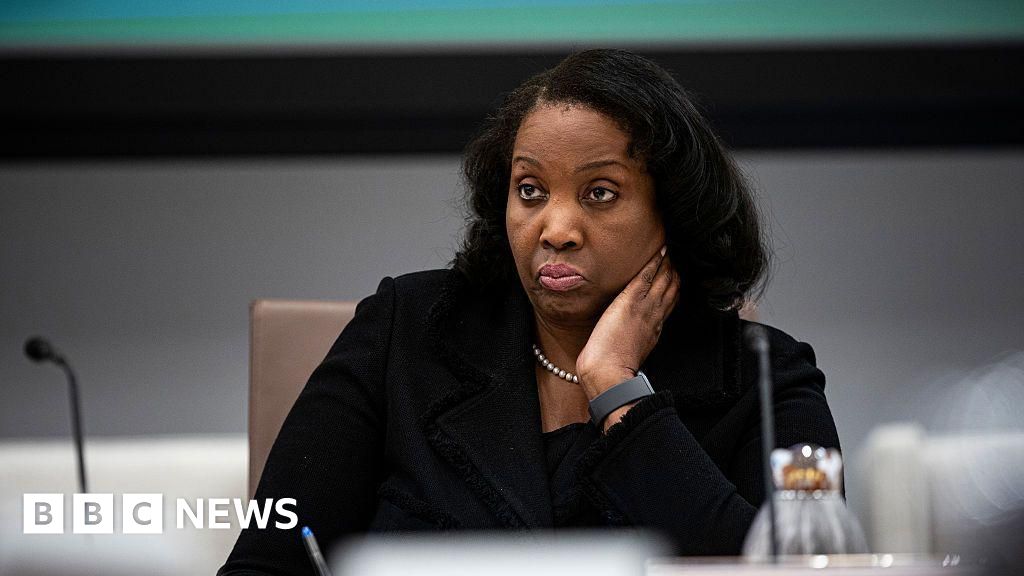
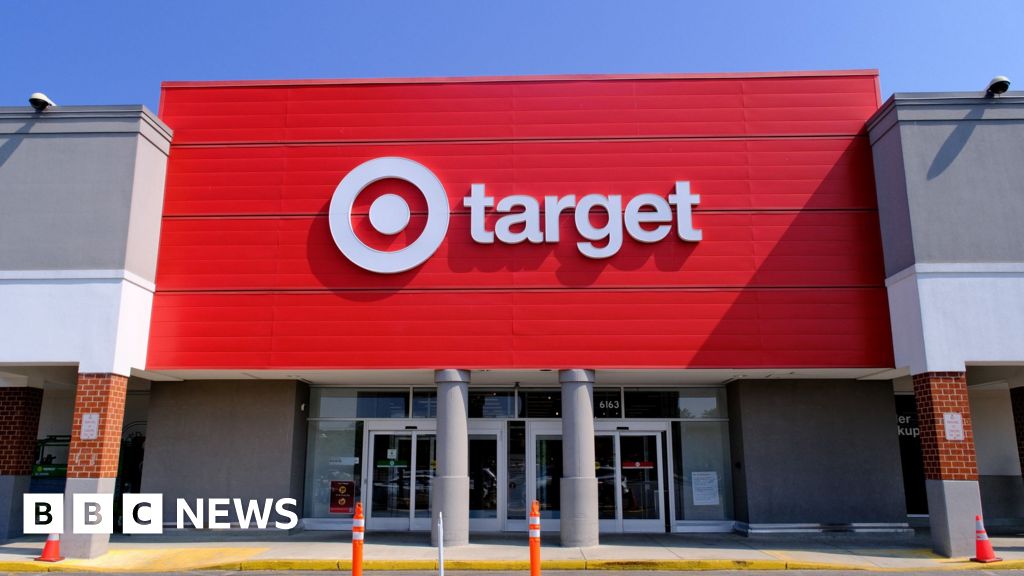
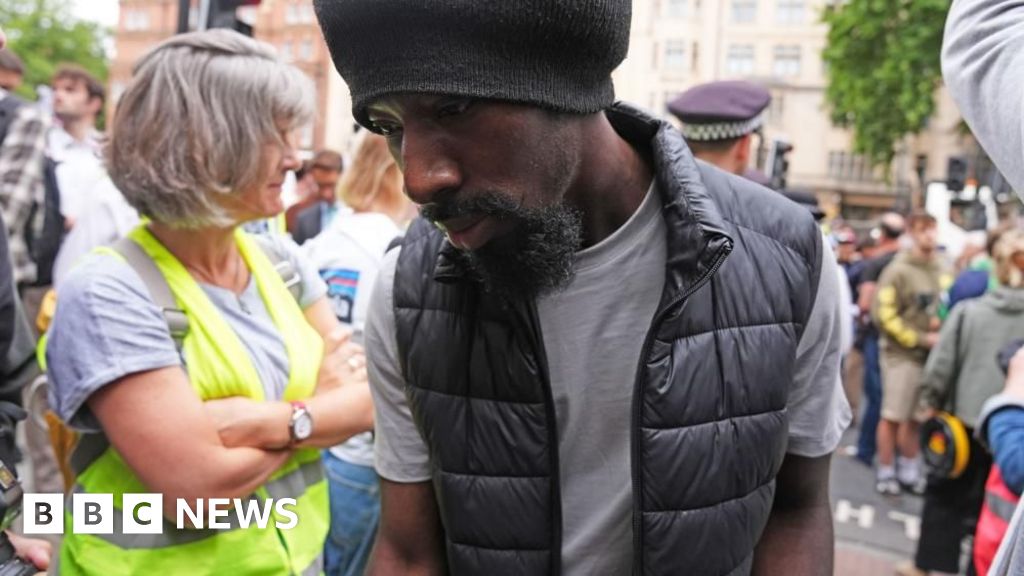
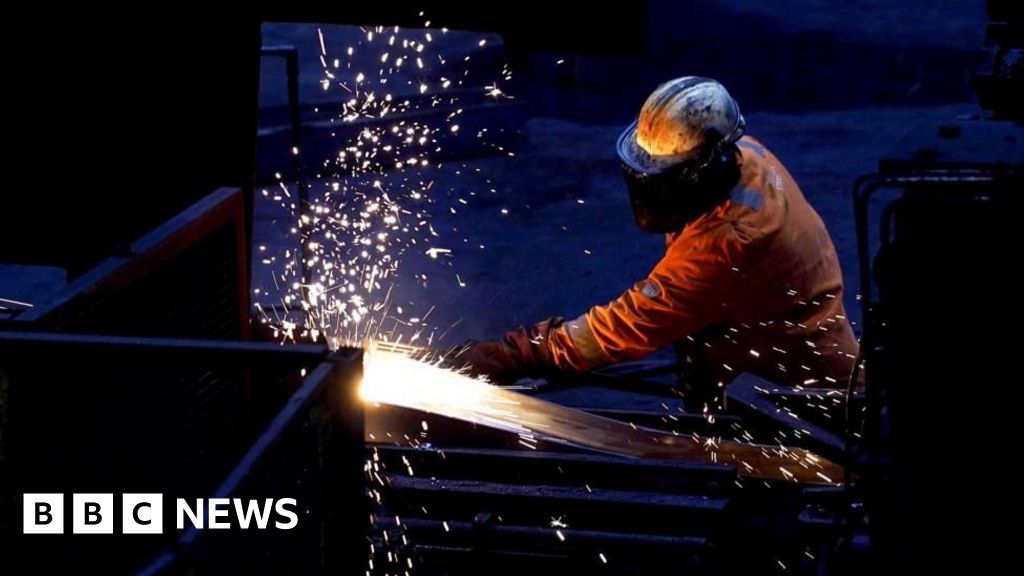

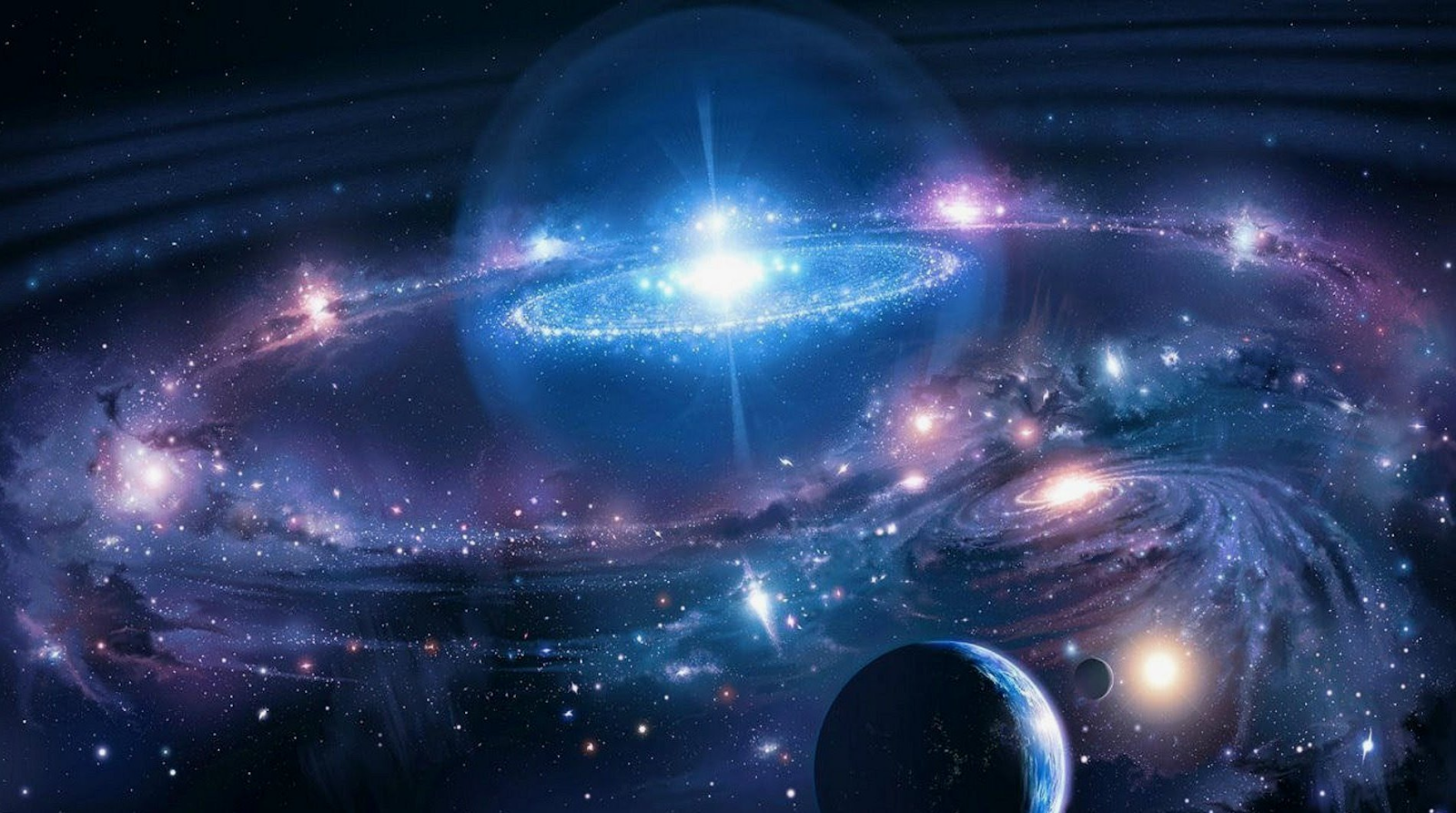
![Presidents Day Weekend Car Sales [2021 Edition] Presidents Day Weekend Car Sales [2021 Edition]](https://www.findthebestcarprice.com/wp-content/uploads/Presidents-Day-Weekend-car-sales.jpg)



 English (United States)
English (United States)